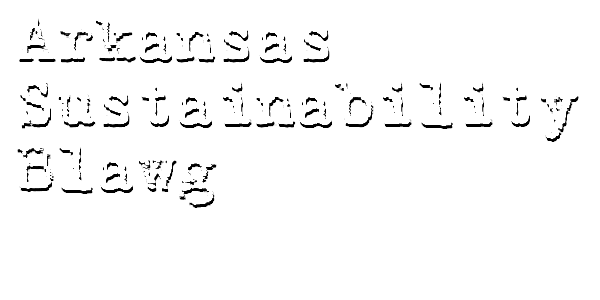On October 6, 2010, the FTC issued proposed guidelines for “green claims.” The proposal updates the “Green Guides” issued by the FTC in 1998 and are a long over due response to the viral proliferation of green claims in today’s marketplace.
In a nutshell, the proposed guidelines are a strong signal that those making green claims in connection with products or services can expect a much higher level of scrutiny from all quarters, and particularly from the federal government. For these eyes, the new guidelines are summed up in this equation: claim + proof = not deceptive (and, therefore, not fodder for an enforcement action).
Here are the high points:
First, the FTC reaches into entirely virgin territory and proposes guidance for claims not currently addressed by the Green Guides.
- The claims “made with renewable materials” and “made with renewable energy” will need to be qualified and explained.
- If you are going to claim a product is “made with renewable materials,” you will also need to explain what the renewable material is, why it is renewable, and where it comes from.
- If you are going to make the unqualified claim a product is “made with renewable energy,” it better be 100% made with renewable energy. If the power used to make any component of the product was generated through the use of fossil fuels, then you cannot make the unqualified claim. Likewise, be prepared to specify the source of the renewable energy, and consider the energy used in making the product packaging.
- Claims involving carbon offsets and credits will need to be specific, quantified, and supported by competent and reliable scientific evidence. For those seeking to benefit by advertising a carbon offset that is the result of mere compliance with the law, no dice: you should not advertise a carbon offset that is a lucky side effect of a legal requirement.
Second, the FTC is looking to add considerable meat to the guidelines already in place, and the new guidance touches on just about every aspect of a green claim.
- General environmental benefit claims like “green” or “eco-friendly” will become difficult, if not impossible to make without some kind of prominent, plain-language qualification.
- Certifications and “Seals of Approval” will also become difficult to use. These to must be substantiated and accompanied by a prominent and substantive qualification. And no more blind reliance on a third-party reviewer; the person making the claim is always responsible for backing it up.
- The use of the terms “degradable” and “compostable,” (it’s a really a real word!), are addressed. The short rows on these: it’s all about timing. A product that takes years to biodegrade or compost cannot carry the claim; the process must occur over a reasonably short period of time.
- The most significant new guidance addresses “recyclable,” and “free-of” claims. Here it is obvious that the FTC is going after the advertising carnies who follow the “it ain’t deceptive if you don’t know you’ve been deceived” maxim. Thus, a product is only recyclable if the consumers where the product is sold have access to recycling facilities for the product. The fact that a product is “free-of” one substance is immaterial if either (a) the substance has never been associated with the product in the first place (i.e., milk that is free of bleach), or (b) the product contains a substance that poses risks similar to those posed by the substance not present.
In all, the proposed guidance, discussion, comments, and examples run nearly 140 pages in the Federal Register. If you are unfamiliar with the Federal Register, picture dense government prose, in a painfully small font, three columns across and then think of a joke that involves a cure for insomnia.
So what’s it all mean? The public comment period for the proposed green guidelines ends in December 2010, and we can expect the final guidelines to go into effect shortly thereafter. This means that if you are in the business of making green claims, you have roughly two months to understand these 140 pages, figure out how they apply to you, and come up with a plan for dealing. Or, more efficiently, two months to buy the advice of someone who has already read and understood the proposed guidelines.
(Department of Blatant Pitch Awareness: I am a lawyer, and that was a blatant pitch.)
The full text of the proposed guidelines can be found here: http://www.ftc.gov/os/fedreg/2010/october/101006greenguidesfrn.pdf

No comments:
Post a Comment
I welcome your comments. By commenting on this blog, you accept the blog's terms of use. You must use your first and last name when posting, and you must stay on topic.